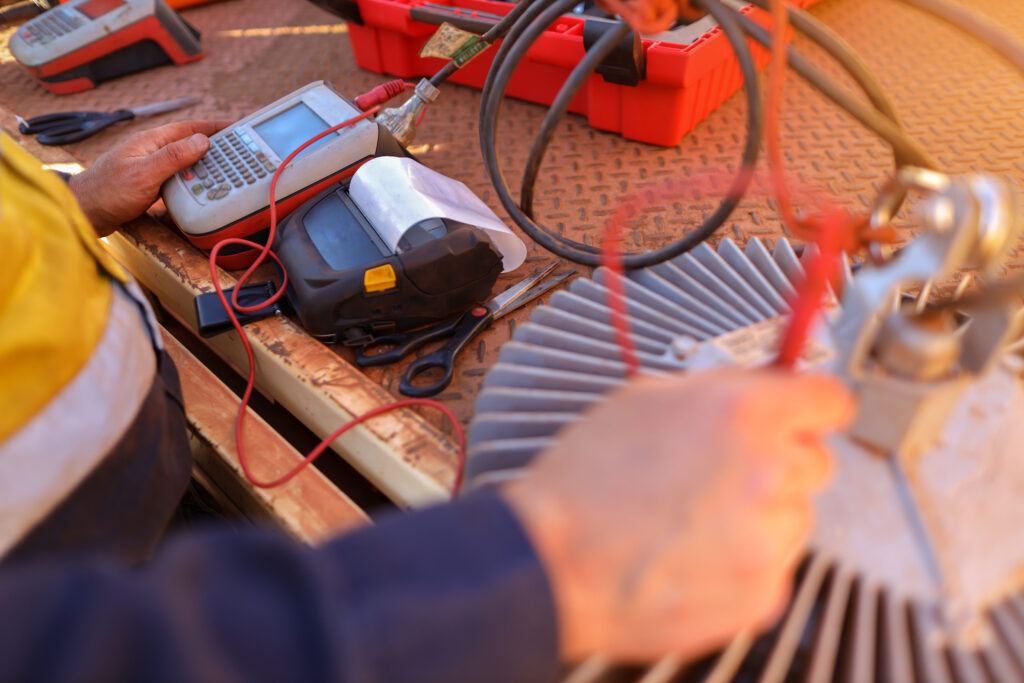The Importance of Test and Tagging
Ensuring Electrical Safety
Electrical safety is paramount in any environment, be it a workplace, home, or public space. Electrical cords are ubiquitous, powering everything from computers to kitchen appliances. However, with frequent use, wear and tear can compromise their safety, leading to potential hazards such as electric shocks, fires, or equipment damage. Test and tagging electrical cords is a crucial process in maintaining safety standards and preventing accidents. The Essentials of Test and Tagging Electrical Cords
Legal Compliance
In many countries, there are strict regulations and standards governing electrical safety in workplaces and public areas. Employers and property owners have a legal obligation to ensure that electrical equipment is regularly inspected and maintained to prevent accidents and comply with these regulations. Test and tagging electrical cords is often a mandatory requirement to meet these legal obligations.

The Test and Tagging Process
Visual Inspection
The test and tagging process typically begins with a visual inspection of the electrical cord. This involves checking for any signs of damage, such as frayed wires, exposed conductors, or damaged insulation. Any cords found to be damaged should be immediately removed from service and replaced to prevent potential hazards.
Electrical Testing
After the visual inspection, electrical testing is conducted to ensure the cord is safe to use. This testing involves using specialized equipment to measure electrical parameters such as insulation resistance, earth continuity, and polarity. If the cord fails any of these tests, it should be repaired or replaced before being put back into service.
Tagging and Documentation
Once the cord has passed the visual inspection and electrical testing, it is tagged with a label indicating the date of testing, the name of the tester, and the next scheduled test date. This tagging serves as a visual indicator that the cord has been inspected and deemed safe for use. Additionally, detailed records should be kept documenting the testing and tagging process for auditing purposes. https://www.powerguardian.com.au/test-and-tag-sunshine-coast/
Frequency of Testing
Risk Assessment
The frequency of testing and tagging electrical cords depends on various factors, including the type of environment they are used in, the level of usage, and the type of equipment. A risk assessment should be conducted to determine the appropriate testing intervals based on these factors. High-risk environments, such as construction sites or industrial facilities, may require more frequent testing compared to low-risk environments.
Regulatory Requirements
In addition to conducting a risk assessment, it’s essential to comply with any regulatory requirements regarding the testing and tagging of electrical cords. These regulations often specify the intervals at which testing should be conducted based on the type of equipment and the environment in which it is used. Failure to comply with these regulations can result in fines or legal consequences.
Training and Certification
Qualified Personnel
The testing and tagging of electrical cords should only be performed by trained and qualified personnel. These individuals should have a thorough understanding of electrical safety principles, testing procedures, and equipment operation. Training programs and certification courses are available to ensure that personnel have the necessary knowledge and skills to perform testing and tagging effectively.
Continuing Education
Electrical safety standards and regulations are continually evolving, necessitating ongoing education and training for personnel involved in test and tagging activities. Continuing education programs help ensure that personnel stay up-to-date with the latest industry standards and best practices, enabling them to effectively identify and mitigate potential hazards.
Conclusion
Test and tagging electrical cords is a vital process in maintaining electrical safety and compliance with regulations. By conducting regular inspections, testing, and tagging of electrical cords, potential hazards can be identified and mitigated, reducing the risk of accidents, injuries, and property damage. Employers and property owners must prioritize electrical safety and ensure that personnel responsible for test and tagging activities are properly trained and qualified. Compliance with regulatory requirements and ongoing education are essential components of an effective test and tagging program.
